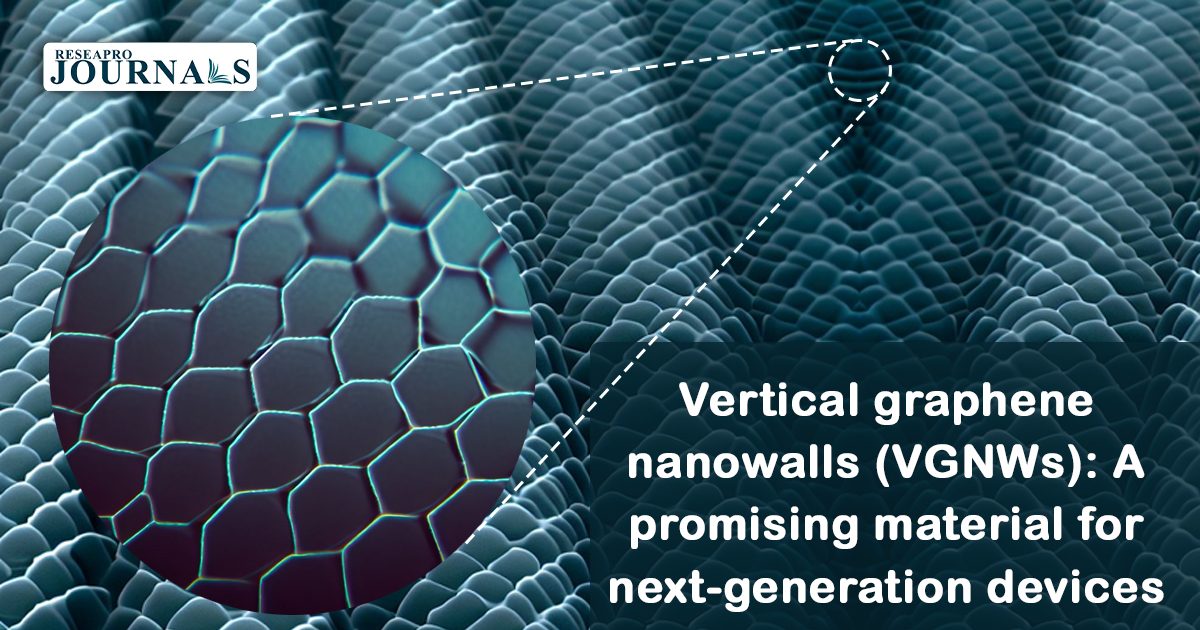Vertical graphene nanowalls (VGNWs) are a promising class of nanomaterials with exceptional properties, including high specific surface area, excellent electrical conductivity, scalability, and compatibility with transition metal compounds. These attributes position VGNWs as a compelling choice for various applications, such as energy storage, catalysis, and sensing. Plasma-enhanced chemical vapor deposition (PECVD) is a versatile technique for synthesizing large-scale VGNWs on diverse substrates. However, a comprehensive understanding of the underlying physicochemical mechanisms that govern VGNW growth remains elusive. This review aims to fill the knowledge gaps by investigating VGNW nucleation and growth using PECVD, with a focus on the impact of the temperature on the growth ratio and nucleation density across a broad temperature range.




